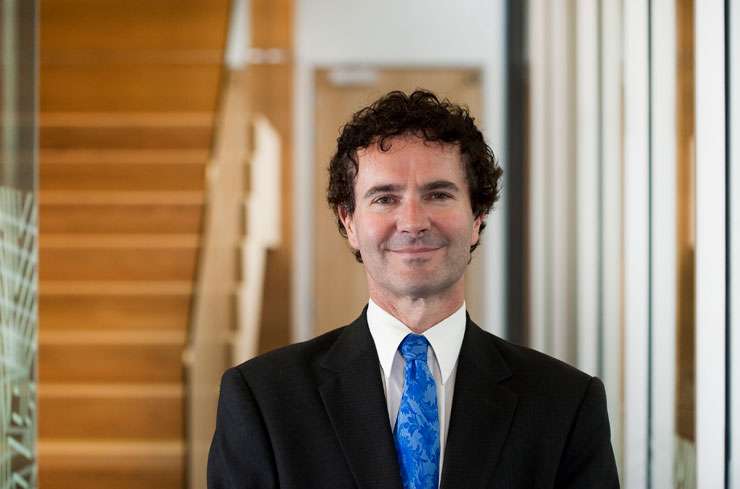So, you took the candy. What I mean by that is you’re a borrower who has over the past 12 months chosen to fix your mortgage rate for only a one-year period, paying a rate somewhere close to 2.25%. This is certainty an extremely attractive rate and by bringing it about the Reserve Bank has produced a massive shift in relative wealth positions across NZ society by causing a 30% surge in average house prices.
In that regard they have succeeded in boosting wealth and increasing the willingness of people to spend on things like cars, couches, and domestic travel. The economy has surged, and as they planned, inflation is now coming back.
READ MORE: Find out if your suburb is rising or falling
What they did not plan on however is that inflation in the June quarter would hit 3.3% rather than the 2.6% they predicted two months ago. This high inflation rate has led to forecasts of inflation hitting 4% later this year and the Reserve Bank needing to quickly take away the record low level of interest rates which they introduced last year.
Start your property search
In their May forecasts the Reserve Bank indicated an intention to raise interest rates 1.5%, starting just after the middle of next year. Now, courtesy of the very unusual divergence in inflation from everyone’s expectations, and the evidence of extreme difficulties being experienced by businesses in securing people and supplies, official interest rates will likely start rising before the end of August.
This one-year shift in the timing of monetary policy tightening in a two-month period highlights one of the key points I’ve been trying to get people to take on board this past year. We face a level of uncertainty regarding the pace of growth in our economy, the speed with which inflation lifts, and therefore the likely track of interest rates, greater than we have ever seen before.
It is for that reason that up until it disappeared, I was such an advocate of locking near the entirety of one’s mortgage rate up at a five-year fixed rate of 2.99%. Already some banks have taken that five-year rate to as high as 4.59%, and one-year rates are settling for the moment just above 2.5%.
This means that for the moment, the people continuing with a policy a rolling one-year fixed which has worked out tremendously well since 2008, can still roll for another year at a good rate. But come the end of the year that rate may well exceed 3% on its way to 4.5% perhaps 18 months or so from now.
For those who have experience of interest rate movements and who can stick to a strategy, continuing to roll at the one-year fixed rate will probably still produce a low average cost of money for the next few years. But history tells us many people will not do that.

Tony Alexander: “Some banks have taken the five-year rate to as high as 4.59%.” Photo / Supplied
Instead, there will come a point when we start to feel that inflation is under control and we’ll start thinking about when monetary policy will be eased. The yield curve will turn inverse. This means that contrary to the situation since 2008, long-term fixed mortgage rates will be cheaper than short-term ones. And therein lies the danger.
When this initially happens all rates will be higher than they are now. Some borrowers will rationalise that by fixing five years they will save money right away compared with sticking with fixing one-year if and when the rate hits 4.5%. They will panic and lock in a long-term rate which they currently would not touch with a bargepole.
That is a second reason why I was such a fan of fixing five-years at 2.99%. It provided protection against one’s potentially bad decision-making once rates hit their peaks. What might be the optimal thing to do now? Simple. Go back to what I wrote above regarding unprecedented uncertainty. Spreading one’s risk over a range of terms will be optimal for most people now. That way rate shocks can be adjusted to slowly over time – both up and down.
- Tony Alexander is an economics commentator and former chief economist for BNZ. Additional commentary from him can be found at www.tonyalexander.nz












